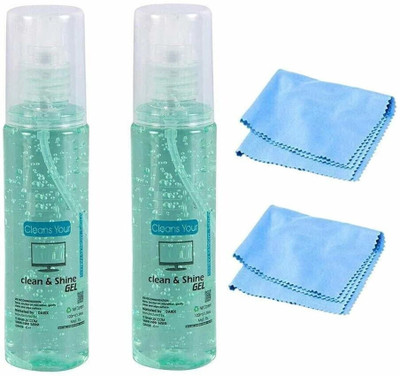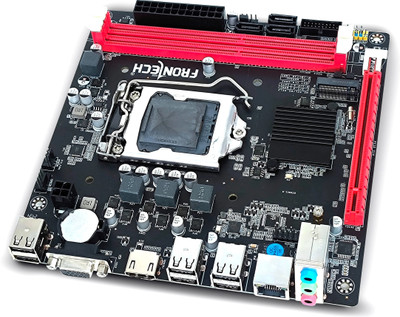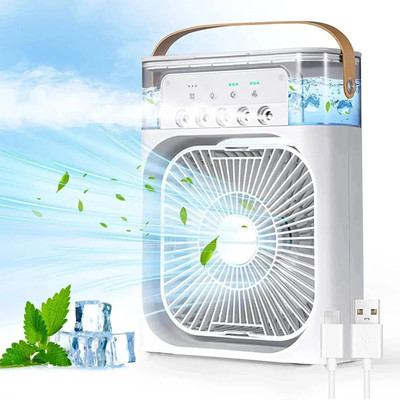
ZAD HM501 Ceramic Based Thermal Paste (30 g 8 W/mK)
Share
ZAD HM501 Ceramic Based Thermal Paste (30 g 8 W/mK)
Be the first to Review this product
₹248
₹600
58% off
Available offers
T&C
T&C
T&C
T&C
Delivery
Check
Enter pincode
Delivery by2 Aug, Saturday
?
View Details
Services
- Cash on Delivery available?
Seller
Description
Thermal grease, also known as thermal paste, typically consists of a thermally conductive filler material dispersed in a carrier fluid. The filler is usually a powder, like zinc oxide, alumina, aluminum nitride, or boron nitride, while the carrier is often a silicone oil or other polymer. These components are combined to create a material that enhances heat transfer between electronic components and their cooling solutions.
Key Components:
Thermally Conductive Fillers:
These are the materials that actually conduct heat away from the component. Common examples include:
Metal oxides: Zinc oxide, alumina (aluminum oxide).
Boron nitride: Known for high thermal conductivity and electrical insulation.
Aluminum nitride: Offers high thermal conductivity and good electrical insulation.
Silver particles: Can achieve very high thermal conductivity but may be electrically conductive.
Carbon materials: Carbon nanotubes and graphene are also used as fillers.
Carrier Fluid:
This component holds the filler particles together and allows for easy application. Silicone oils are a common choice due to their stability and thermal properties. Other options include:
Epoxies, urethanes, and acrylates: These can also serve as the carrier matrix.
Hot-melt adhesives and pressure-sensitive adhesive tapes: Less common, but also used.
Function:
Thermal grease works by filling in microscopic air gaps between the heat source (like a CPU) and the heat sink, reducing thermal resistance and improving heat transfer. Air is a poor conductor of heat, so minimizing air gaps is crucial for efficient cooling.
Important Considerations:
Electrical Conductivity:
While some fillers like silver can enhance thermal conductivity, they can also make the grease electrically conductive, potentially causing short circuits. Many thermal greases are designed to be electrically insulating.
Viscosity:
The viscosity of the grease affects its ability to spread and fill gaps. Some greases are designed to be more viscous to prevent them from flowing too easily, while others are formulated for better spreading.
Application Method:
The way thermal grease is applied can also affect its performance. Common methods include the "dot", "line", and "spread" methods, and the best method depends on the specific component and heat sink.
Read More
Specifications
In The Box
|
General
| Brand |
|
| Model Number |
|
| Model Name |
|
| Type |
|
| Quantity |
|
| Viscosity |
|
| Thermal Conductivity |
|
| Composition |
|
| Net Quantity |
|
Be the first to ask about this product
Safe and Secure Payments.Easy returns.100% Authentic products.
Back to top










